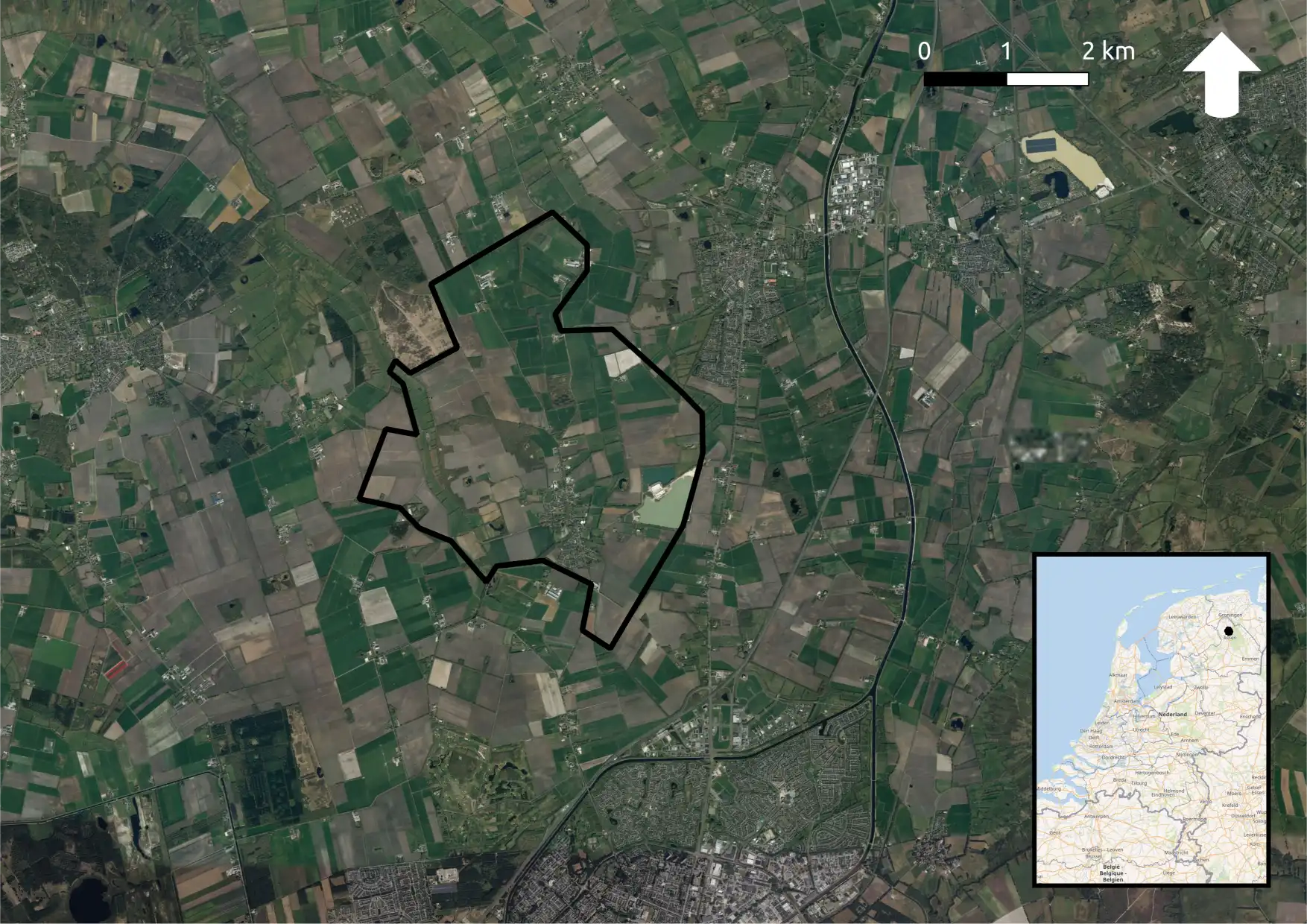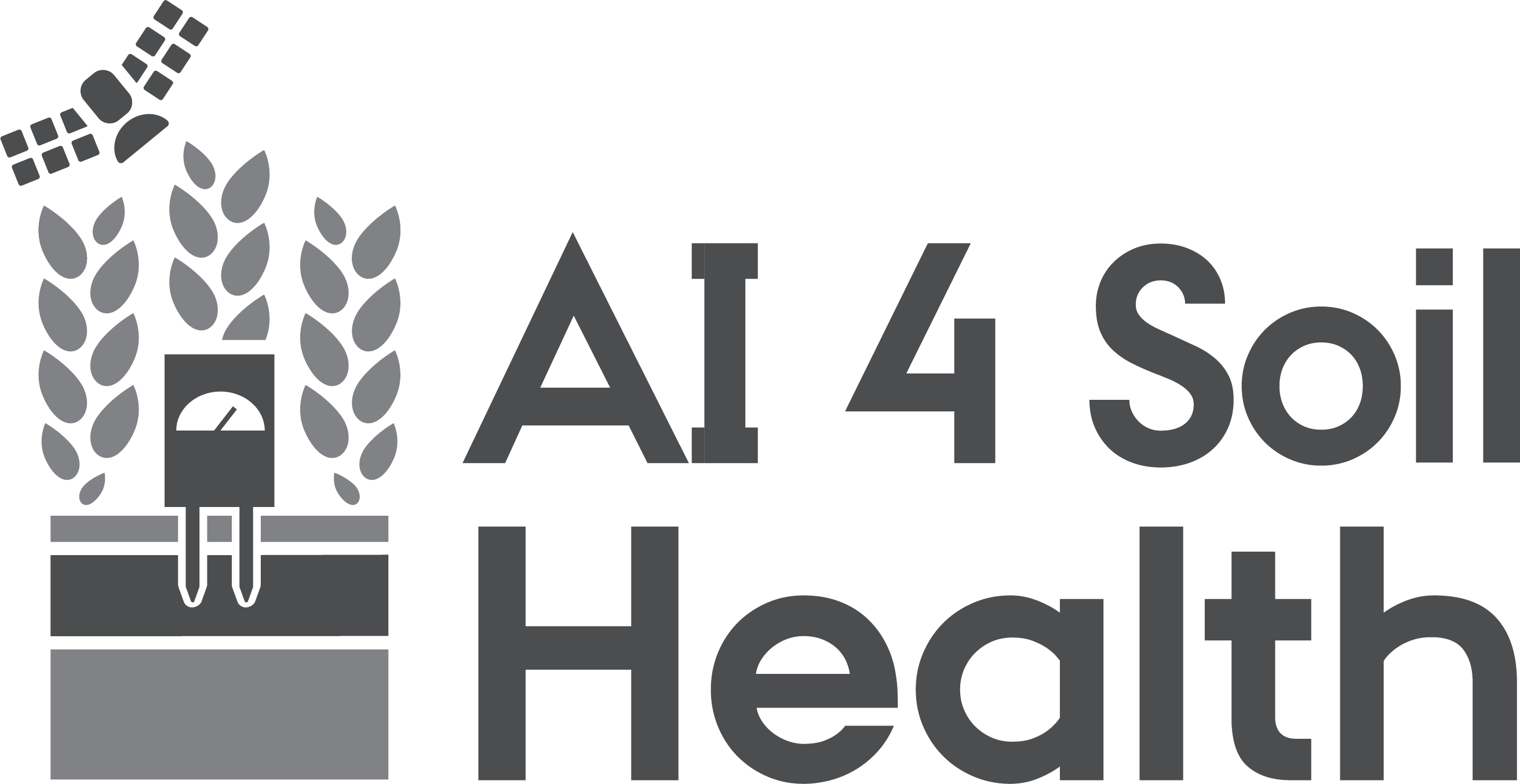Netherlands
The close interaction with a variety of stakeholders (i.e. regional water board, dairy and arable farmers) that are positively working together for a sustainable future, provides the ideal living lab setting where science can enrich the hard work of farmers and provide essential guidance to the European Soil Law.

Overview
Introduction:
The Dutch pilot site is located on the Boermarke-Zeijen – a 350-year old farmers collective with 12 members and approximately 1200 hectares of land, including 1000 hectares of cultivated land and 200 hectares of forest land. The soils are sandy with peat patches, which is representative of the soils of the Netherlands. The pilot site is coordinated by the satellite company, Planet, in close communication with the regional water board Noorderzijlvest. The farmer collective consists of five dairy farms, four arable farms, two mixed farms, and one chicken farm. The farmers are developing economically and ecologically sustainable farming practices to strengthen soil fertility and biodiversity at company and regional scale. The farmers have a specific interest in monitoring nutrient fluxes, soil moisture, land surface temperature and biomass conditions, specifically for the sustainable application of fertilizer.
The Naober group, active in the region, includes local and provincial governmental bodies, the local water board Noorderzijlvest, industry, and citizen groups. This monitoring network now collects location-specific, real-time information about the weather outlook, the level of surface water and groundwater, the moisture content of the topsoil and the water quality.
In addition, legacy data includes in-situ samples and soil profiles from six parcels, covering organic matter, texture, CEC, acidity, nutrient reserves, microbial activity, and groundwater pH, EC, and composition.
Soil health challenges:
For arable agriculture crops:
Subsoil compaction and soil crusting are significant challenges, leading to decreased infiltration capacity. Maintaining a positive organic matter balance and promoting year-round greenery can be effective strategies to combat these issues.
Dairy farms:
Some of the dairy farms face phosphate deficiencies. Despite low to neutral phosphate status, the phosphate soil balance is negative due to limited manure and fertilizer inputs. Increasing effective organic matter and phosphate supply, e.g., through high-phosphorus content livestock manure, can enhance soil quality and rooting.
Soil health indicators chosen:
- A water infiltration indicator will serve as a soil health indicator in relation to soil compaction.
- A vegetation cover indicator will be used to monitor year-round greenery
Data collected by this pilot site:
Bulk soil density, soil texture and soil moisture will be studied to evaluate water infiltration capacity (using continuous sensors and Planet’s Soil Water Content 100 m product). A vegetation cover indicator will be studied to evaluate the potential and effects of year-round greenery. Total nitrogen and total phosphorus levels will be monitored to evaluate nutrient balance. Additionally, organic carbon content, cation exchange capacity, and pH will be measured. Other indicators, such as earthworms, soil enzymatic activity, eDNA (environmental DNA), and NIR (near-infrared spectroscopy) will be considered based on available resources.
Gallery


